Moto X Pure Edition Review: Motorola's Bulky Smartphone Won't Trouble Apple's iPhone Or Samsung's Galaxy Lines
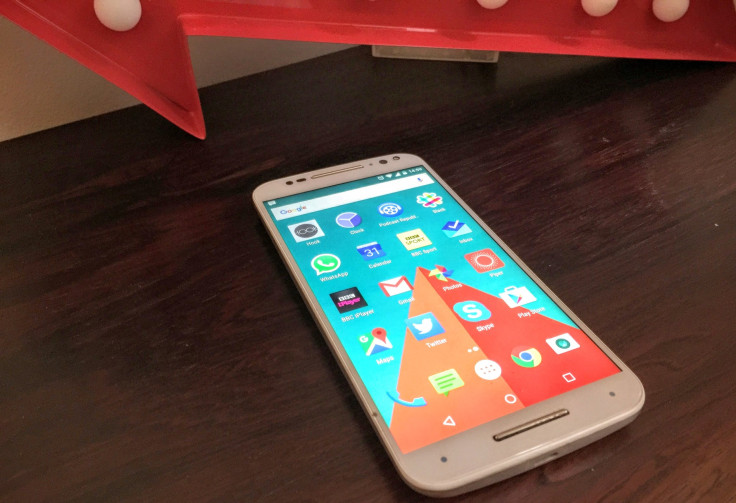
LONDON -- For the last few years I have really liked Motorola’s Moto range of smartphones. From the company’s budget Moto G to the flagship Moto X, the smartphones offered a great experience and some innovative features at very competitive prices.
This year Motorola has decided to launch two versions of its market-leading Moto X. A couple of months ago I tested the less premium model -- the Moto X Play -- and really liked it, so I was looking forward to testing out the Moto X Pure Edition, which costs upwards of $400 and promises a larger screen and improved camera over last year’s model.
Design
The Moto X Pure Edition (or Moto X Style, if you live outside the U.S.) is not a bad phone; it’s just not very interesting or exciting. Maybe it was the white/gold review unit I received, but picking up the new phone felt very underwhelming, and its considerable size and heft meant it just didn’t do anything for me. Overall, a bit nondescript.
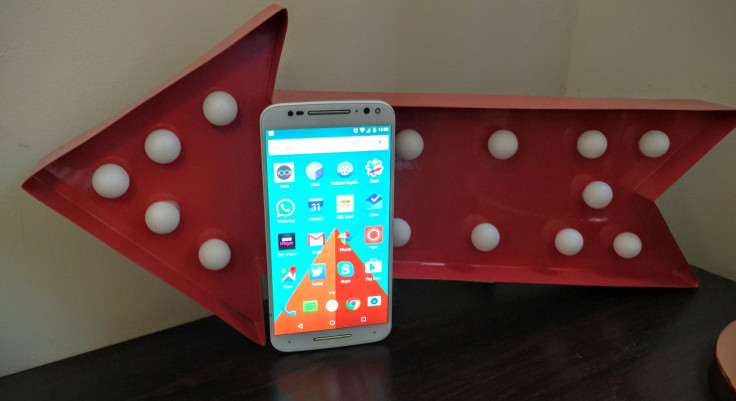
Of course if I were actually buying the phone myself, I could have tweaked the design considerably. Using Motorola’s unique Moto Maker service, I could choose between black and white fronts, from 14 different-colored textured plastic backs and seven metallic accents. You can even engrave your phone at no extra cost.
However, it’s not just the pedestrian design of the phone that disappoints; it is also big and bulky, so it's difficult to use one-handed and its presence in your pocket is always noticeable -- though considering the size of the screen, this is hardly surprising.
Screen
It features a large 5.7-inch display with a high resolution of 2560 x 1440 pixels, giving it an incredibly high pixel density of 515 per inch. It's also very bright, offering over 700 units of brightness, and while the move away from AMOLED technology to IPS means blacks are a little less black, overall this really is a great display.
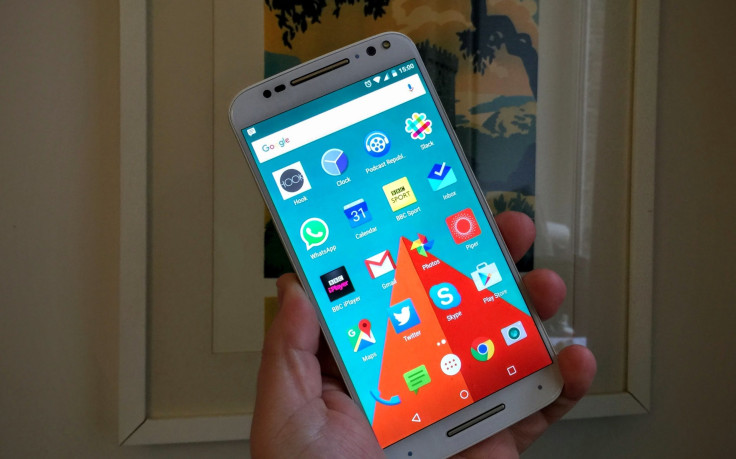
Another new feature: The front-facing speakers on the Moto X Pure Edition. Like the BoomSound speakers on the HTC One range, they do sound great, but I wonder whether anyone will really use them. Aside from the annoying guy on the bus who wants everyone to hear the film he is watching on his smartphone, I don’t recall ever really needing great speakers on my smartphone. For voice calls and the odd video I might be showing to someone, regular smartphone speakers are just fine.
In terms of hardware, as you might expect, the new Moto X lies somewhere between the flagships and the budget crowd. It has a relatively decent processor (Qualcomm Snapdragon 808) paired with 3GB of RAM which, combined with the pure version of Android on the device, offers a pretty good experience. I did find the phone stuttered a few times in the two weeks I've been using it, which isn’t something I would have expected, but overall the performance is very good.
Battery Life
The base model comes with just 16GB of storage, with 32GB and 64GB models available for an extra $50 and $100, respectively. There is, however, a microSD card slot, meaning you can upgrade to an extra 128GB for a relatively small outlay.
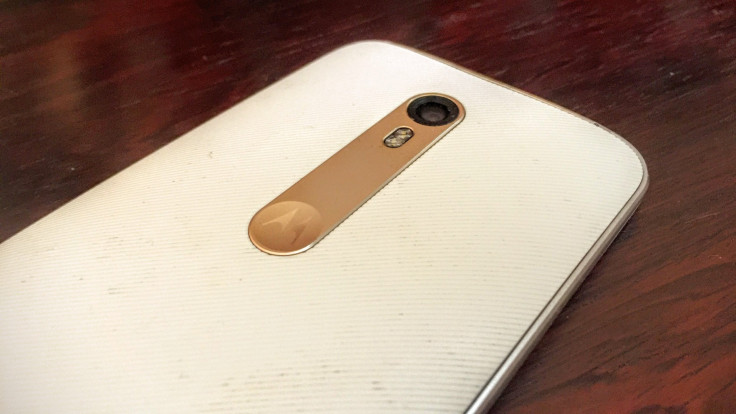
Battery life is one of the big selling points of the Moto X Pure Edition, according to the company's own promotional material, but I found it to be pretty poor. I struggled to get a whole day out of a single charge, and while the TurboCharge capability (10 hours of use from a 15-minute charge) is handy when you only have a short time available, I would have preferred a longer overall battery life from the phone.
Motorola also includes a couple more innovative features on top of Android, including voice assist, which allows you control the smartphone using a customizable greeting. The system works quite well, but I found myself struggling to find a use for it beyond the initial setup process. I work from home. so shouting at my phone won’t draw any strange looks from co-workers, but I simply never used it.
The Moto X Pure Edition also has Motorola’s Active Display feature which sees the screen pulse when you have notifications. The feature is meant to both save you time (by letting you glance at notifications rather than having to unlock the screen completely) and save battery live as the whole screen doesn't need to be powered on.
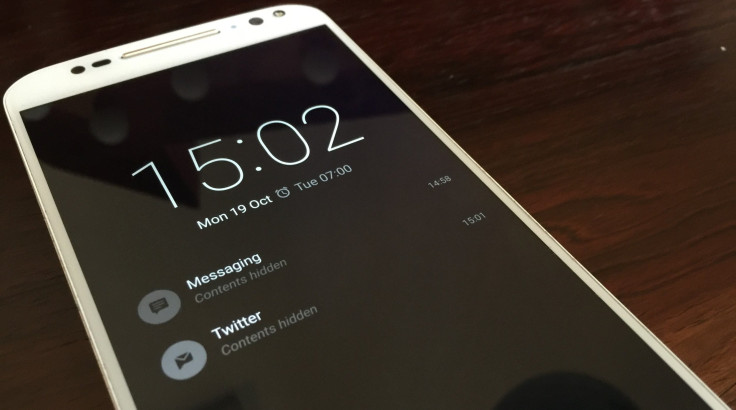
It works, but I still found myself unlocking the screen most of the time anyway to get some more information, but for those people getting a lot more notifications than me, then this is a decent feature. You can also silence incoming calls and alarms by swiping your hand over the screen, which is a nice feature.
Camera
Finally on the unique feature front, Motorola continues to allow you launch the camera with a double twist of your wrist, an action that works consistently and while not as slick as a double tap of the home button as seen on the Galaxy S6 Edge+, it is still better than tapping and swiping on the screen.
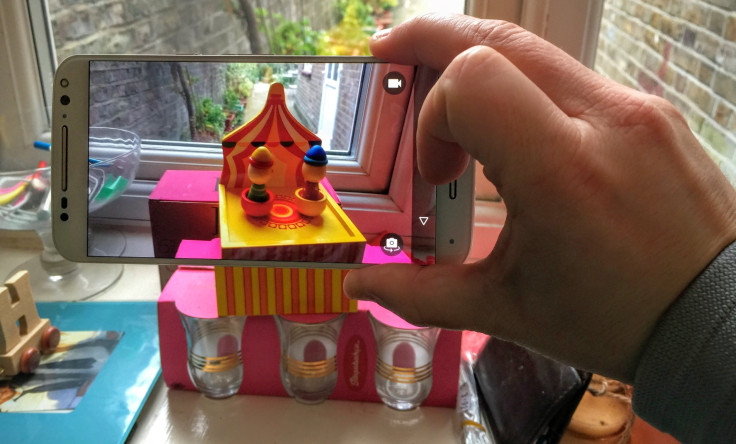
Speaking of the camera, the 21 megapixel sensor on the rear offers significantly improved images compared to the 2014 version of the Moto X, though it still falls some way short of the likes of the Galaxy Note 5, LG G4 or iPhone 6S Plus. In good lighting conditions, the Moto X Pure Edition produces some excellent images, but in low lighting the phone is still a long way behind the best smartphone camera on the market.
It will capture 4K video for you and the front-facing 5 megapixel camera also comes with its own LED flash which makes take nightclub selfies so much easier. Here are some camera samples:



Conclusion
The Moto X Pure Edition is a tough phone to categorize. On one hand its $400 price tag suggests a pure mid-range smartphone, but this is the flagship Motorola smartphone for 2015, meaning it should be compared to the Galaxy S6 and iPhone 6S.
At $400, this is $100 than the Moto X Play but certainly doesn't feel it. The larger, higher resolution screen simply wouldn't be enough to convince me to switch, while the LG-built Nexus 5X also offers pure Android for $50 less than the Moto X Pure Edition - though with a smaller 5.2-inch screen.
The Moto X Pure Edition has a lot going for it. It has a big, bright screen with a decent camera and lots of customization options. It is also pretty bulky, with uninspiring design and poor battery life. In a smartphone market so crowded, these few issues can be a big problem.
Key Features:
- 5.7in Quad HD display
- 21MP camera
- Android 5.1
- TurboCharge technology
- Qualcomm 808 chipset
- 3GB RAM
- 16/32/64GB
- MicroSD card
- Price: From $399.99
© Copyright IBTimes 2024. All rights reserved.






















